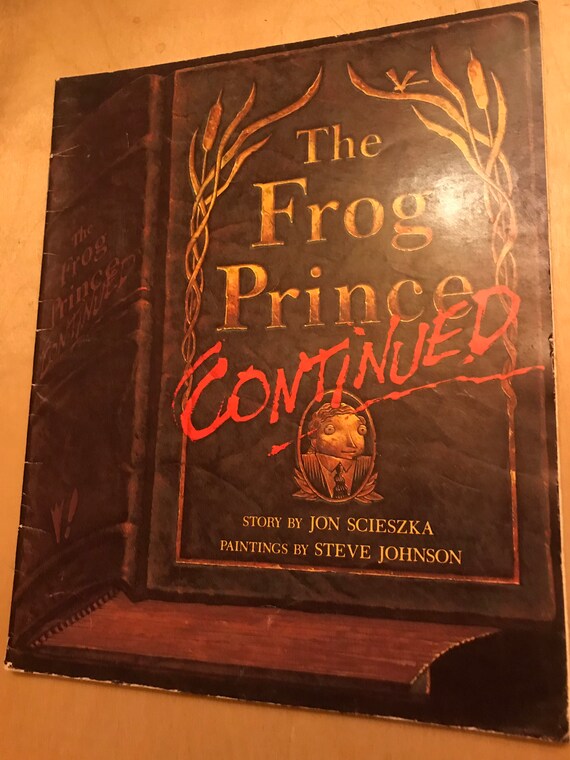

His feet are visible, but it's not clear whether he's floating in the deep end or standing in the shallow. The line “I wish you more tippy-toes than deep” accompanies a picture of a boy happily swimming in a pool.

It starts out simply enough: two children run pell-mell across an open field, one holding a high-flying kite with the line “I wish you more ups than downs.” But on subsequent pages, some of the analogous concepts are confusing or ambiguous. 5+)Ī collection of parental wishes for a child. It's an entertaining effort- just not up to that superlative first book. Still, the situation and dialogue are irreverently comical and Johnson's caricatures are adroitly satirical. Meanwhile, Johnson's paintings, though he adopts some of Lane Smith's fey menace and induces tension by canting his perspectives, lack Smith's wit, imagination, and masterful sense of design. But the conclusion-glad to get back to his princess, he kisses her and they both become happy frogs-seems limp and unmotivated. The picture of the erstwhile frog and his princess bickering (``Stop sticking your tongue out like that'' ``How come you never want to go down to the pond anymore?'') is genuinely funny, and the prince's quest for a witch to turn him back into a frog-during which he runs into witches from several other tales-is amusing.

Wolf) of The True Story of the Three Little Pigs (1989) assays another humorous embroidery of a traditional tale with somewhat less notable success.


 0 kommentar(er)
0 kommentar(er)
